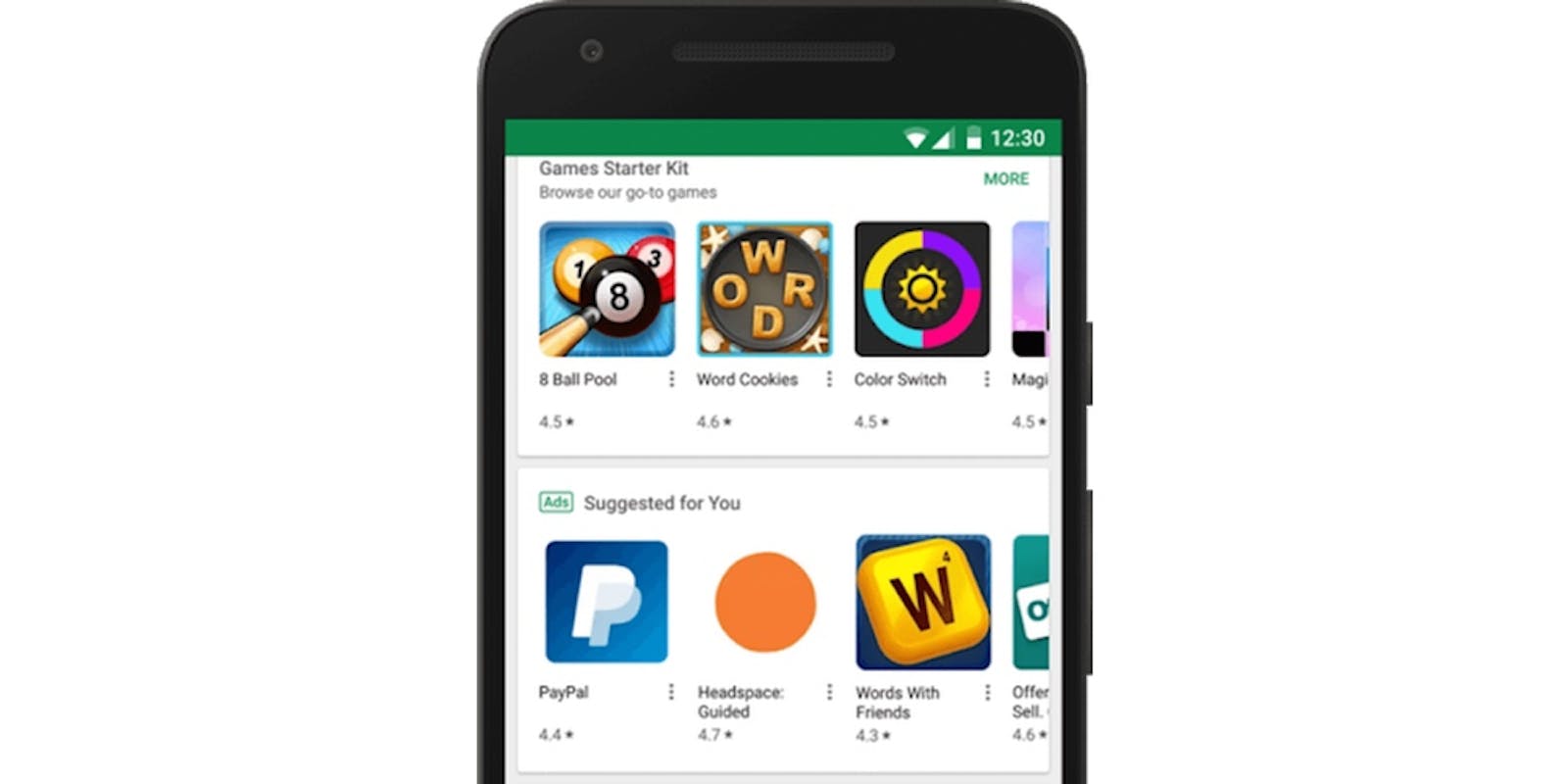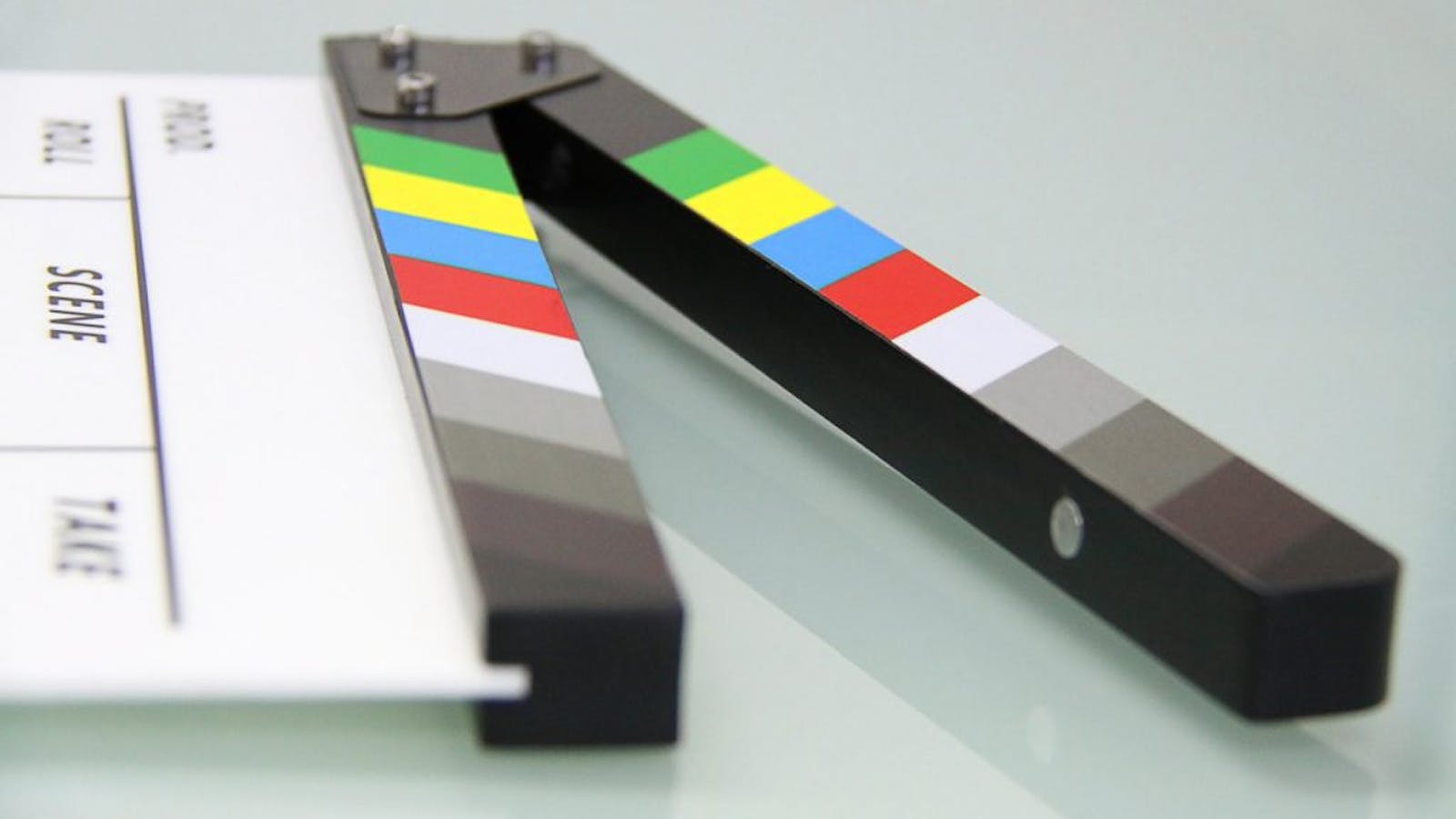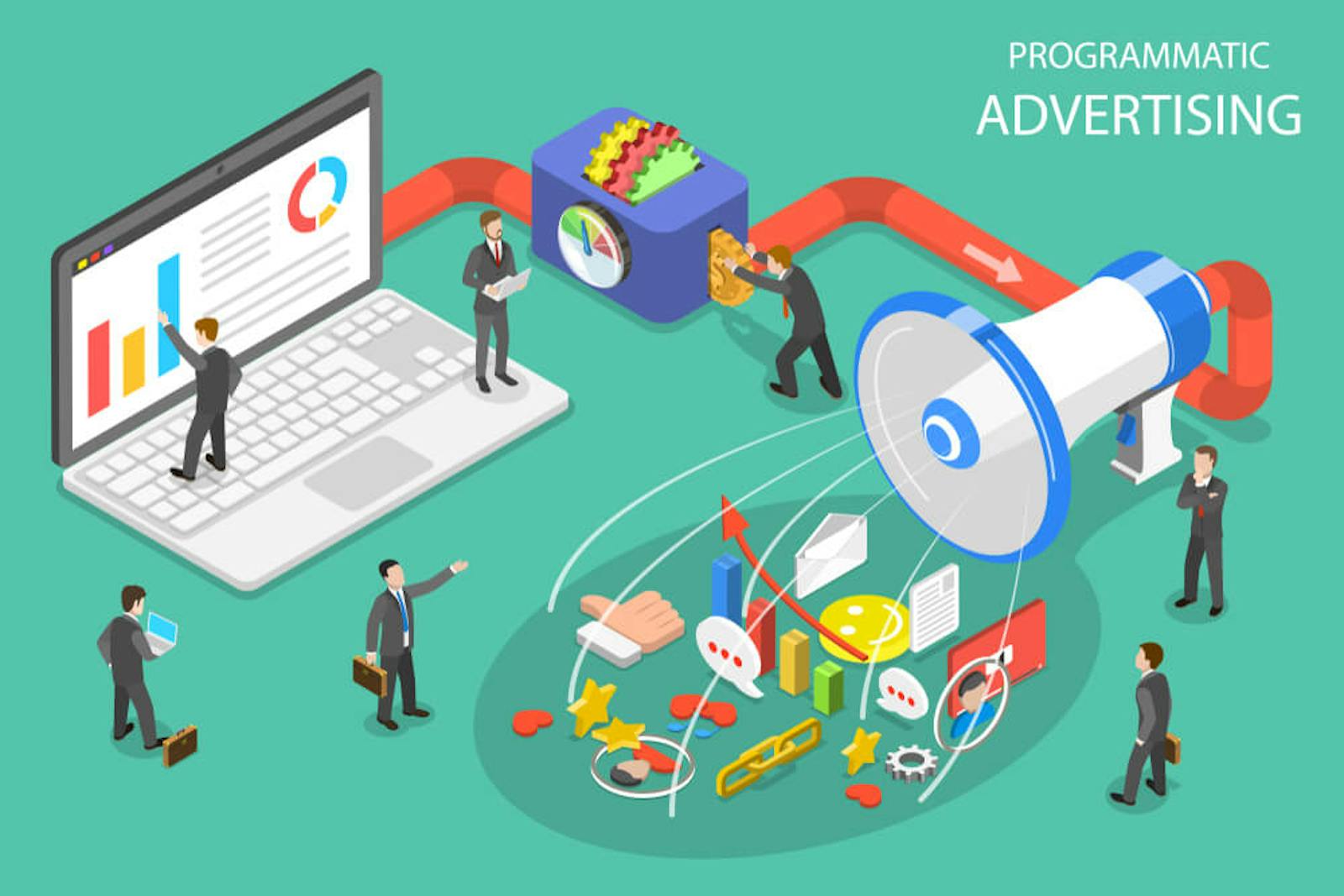
Jonathan Lau is the Senior Manager of Growth at DraftKings, an app that hosts daily fantasy sports contests and sports betting. Jonathan leads his team to drive results spanning across all revenue streams.
In this interview, you will discover:
- How to create ads tailored for your ideal users
- How to optimize programmatic advertising on a small budget
- What strategies are effective in increasing retention
- The marketing channel that most app publishers overlook
“Create ads for users, not for you”—tell us more about this
When marketers are looking at what type of placements or creative concepts we want to run, we are biased against what we like, what we want, and how we personally like the look and the feel of something.
I would see something, where, it’s not pleasing to my eyes, but it would turn out to be the best creative we’d ever run for six months.
So one of the first lessons I learned in UA was to create ads for your users, not for you.
When you are conceptualizing the different ways of approaching the messaging or coming up with different creative concepts, really put your users first.

Who are you marketing to? What demographic do they fall into? What type of interests do they have? Where and when are they seeing this ad?
When a user is in the Facebook ecosystem, they’re usually looking to consume content without necessarily having an intent on what they’re searching for. A colleague of mine put it best, “Facebook is where you go when you don’t know what you want, but you get exactly what you need.” Alternatively, when a user is opening up the ESPN app on their phone, they are more likely going in with a very specific intention. So how can you create an ad creative that would trigger an action from the user in each type of ad ecosystem? From a marketer’s standpoint, we have to understand where a user is seeing our creative and create ads that fit each type of ad environment.
How do you understand and know what your end users want?
If we go back to my days managing UA for a slot gaming company, we know the age group and gender split for our users. On one app we have an even 50-50 split between our users, whereas, on another slot app, we are heavier on the females. We know certain IP’s will work better. These are all data points that can help you create ads that fit the user profile. There is no specific formula, but we created creatives that play towards the themes of each app (core vs. casual slots) and focus on iterated on themes that prove to be successful.
Here at DraftKings, our focus is on sports-oriented advertising. Whether it be team-specific or sports-specific, we have to be cognizant of who and how users are seeing our ads. Using PA for example. We would not want to show Eagles ads in Pittsburg or Steelers ads in Philly. There is also a heavy emphasis on time. Showing an ad for a game too early or too late will lead to a wasted impression.
This is where you might want to show more head-to-head content and show ads that feature multiple teams, etc. Be careful to not overly customize and become too granular. You want to tailor, you want to customize, but you don't want to overdo it.
Would a generic ad with a more granular text be more effective?
It might work. And realistically, I think that makes a bit more sense because you also have to consider the scalability of the ad and your own creative resources.
If you have limited creative bandwidth or limited creative resources, making a ton of games, specific ads or creative doesn't make a whole lot of sense. This, in my opinion, is also very specific to your target audience or genre.
Alternatively, if you DO have the creative resources or if you have a robust dynamic ad pipeline that can create customize ads that incorporate timing, audience, theme, then I think that would be best. Ride-share, food delivery, and eCommerce have many successful examples where they deliver customized ads at scale.
You get a lot more bang for your buck when you create something generic. Or at least sports-specific, if not team-specific, and then doing a more customized copy around it.
That turnaround time is significantly shorter than if I wanted to create a game-specific ad for every single game.
The goal, however, is to be able to achieve a certain level of customization. For example, I would prefer an ad creative that shows which teams are playing this weekend over a generic Football ad. There is an x-factor when you can invoke a user’s emotion around their favorite team. The trick is figuring out the targeting and how to do it at scale. Using my earlier PA example, you don’t want to show the wrong team to the wrong person.
To the founders who have a smaller budget ($5,000-$10,000) with programmatic, what kind of recommendations would you have?
That's a very tough question because there's a lot of different things to consider. Outside of the budget, there's also the consideration of the sophistication of the person who was doing the buying.
Are you talking about someone who can invest money into building and training a sophisticated bid model? Or, are we talking about someone who just wants to put $500 to use just to drive some installs?
If you're someone like type B where you just want to spend $500 and drive installs, it might make sense for you to put it towards Facebook and Google where you can follow the UI and you don't have to pull that many levers.

Google UAC is a very good example where it's very low touch. You just put in the creative, put in your budget, put your targeting and just let the black box work its magic. This is not a guarantee of positive results, as many marketers who run UAC know. However, this is really as simple as it gets.
More importantly, you won’t really learn anything from that. Yet, if you’re thinking, “I'm not here to do UA. I just want to grow, get some installs”, this might be your avenue.
If you're someone who wants a bit more granularity and wants to understand the metrics behind what drives good mobile marketing, then maybe a different place to start is mobile ad networks.
Even then, it's very genre-specific and budget specific. If you're mobile gaming, that might work well for you. However, if you are more of a retail with e-commerce, it might not make sense for you and you might want to go somewhere else.
It's very specific to the type of user or the genre and these different levels of sophistication.
What is a misconception of a well-performing ad?

One thing that I feel is not necessary is the production value of an ad.
Sometimes, people are sold on the idea that if I paid a brand agency a ton of money to create something with high production value, it's going to kick ass. And, realistically? No.
I've seen a $250 creative outperform a $5000 creative.
It’s crucial to understand who your users are and what calls out to them. What time are they typically engaged with the app? Are they seeing the ad on their commute? Are they seeing the ad when they're at work? Are they seeing the ad when they're at home?
Those are some of the things that I think are good to understand so that you know how to be a little bit more efficient when you're running it.
In terms of retention, what has helped you guys bring users back into the app?
One very good example happened during my time at PLAYSTUDIOS. We were showcasing ads typically to existing slot players from other apps. The moment they came into our game, however, they have to go through a five-minute tutorial to learn how to play slots.
That didn't make a lot of sense to me because these people are potentially high rollers in a different slot app and yet, the first thing they see when they come in is a tutorial on how to play.
In this case, I thought there was a fundamental mismatch in terms of what we were selling the user, and what the user is expecting. By understanding the user onboarding flow, then you can start playing to what the real value prop of your app is.
If you are a high roller and I get you to come into myVEGAS, the first thing I should show you is a daily event that is customized for a high roller with a large balance. Here's a free drink ticket at the Bellagio to top it off. It’s important to know what the user will see before they come into the app and then take them down the proper user journey.
Should there be a different onboarding experience for users that come to different channels?
You can aggregate users in different ways. You don't have to think about it as User 1 versus User 2. You could aggregate it by channel type, it’s an easier way to start.
Using the slots example, if you are buying on Facebook and you are bidding minROAS or value-based lookalikes, I will make the following three new user assumptions:
- New installs from this source are likely existing slot players
- These players likely play multiple slot apps
- These players have likely paid some amount in their lifetime as slot players
Design a test user path that caters to these assumptions in the FTUE, offers, or events and then run it against control.
This is a very simplified way of explaining it, but I think you get my point. You don't have to get it to the user level. Ideally, you want to build it for the user level, but I think fundamentally and practically speaking, that's very hard to build.
In terms of a marketing channel, is there one that you feel like app creators and UA people are not taking advantage of?

In the last several years, I noticed a lot of companies would say, ‘’Oh, we're running on programmatic.’’ Technically, they are. Realistically, they're working through a managed DSP.
There’s nothing wrong with that. I work with several great managed DSP partners. However, working with a managed DSP is essentially paying for someone to drive the car.
At some point, you should learn to drive the car yourself.
These two things are not mutually exclusive and depending on your budget and team size there is room for both. What's interesting, is that in the last year, you're starting to hear a lot of companies say, “We want to build out an in-house programmatic team’’. This is similar to how seven years ago everyone was paying agencies to run their Facebook campaigns. Now in-house Facebook teams have become the standard.
I think programmatic is a channel that has immense potential that has yet to be fully explored by most mobile-first companies. It would be interesting to see how this changes in 2020 and beyond.
Pollen VC provides flexible credit lines to drive mobile growth. Our financing model was created for mobile apps and game publishers. We help businesses unlock their unpaid revenues and eliminate payout delays of up to 60+ days by connecting to their app store and ad network platforms.
We offer credit lines that are secured by your app store revenues, so you can access your cash when you need it most . As your business grows your credit line grows with it. Check out how it works!